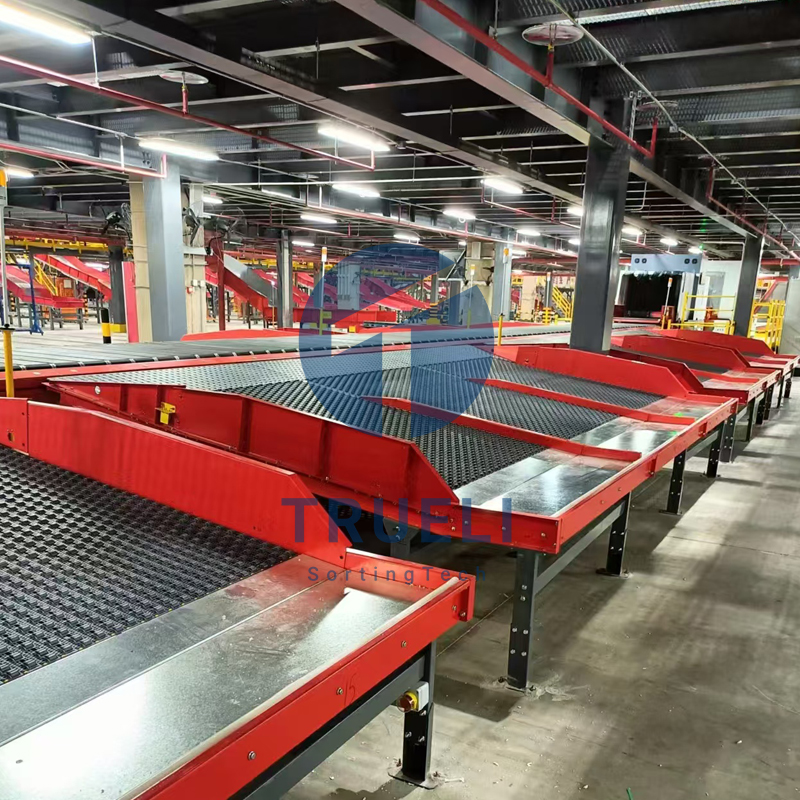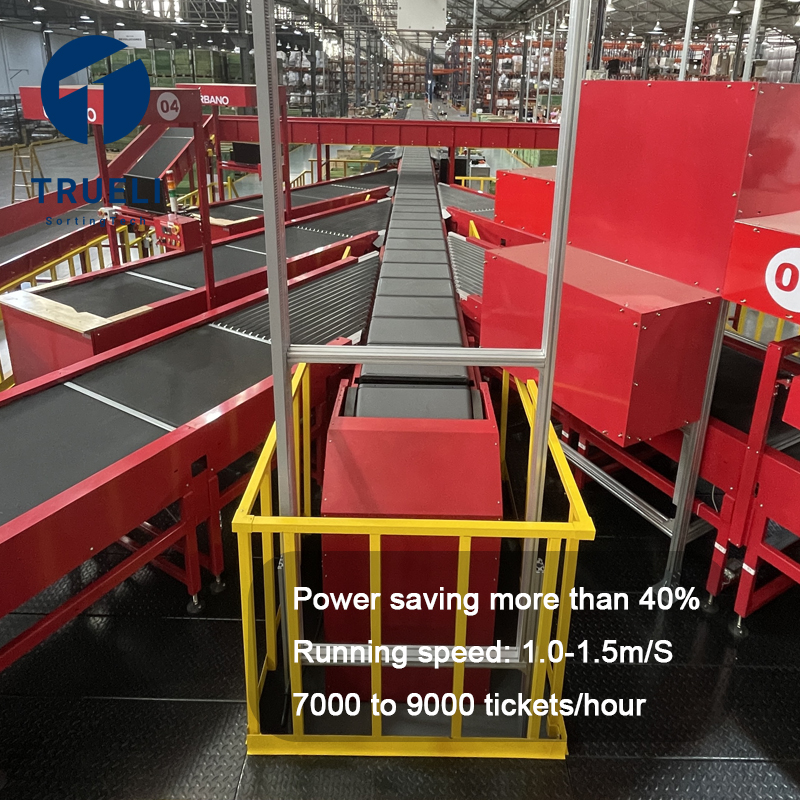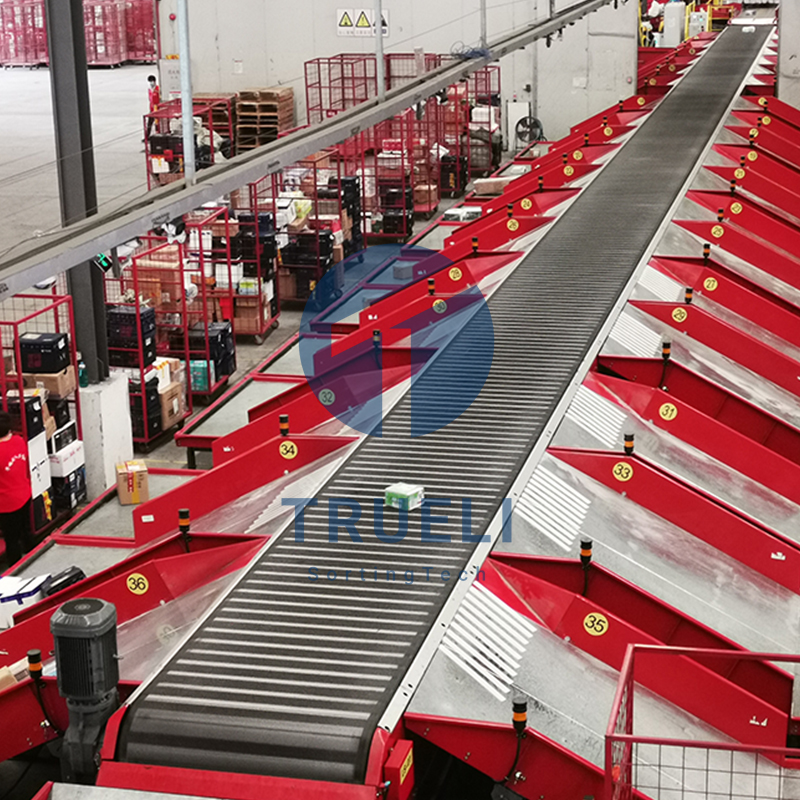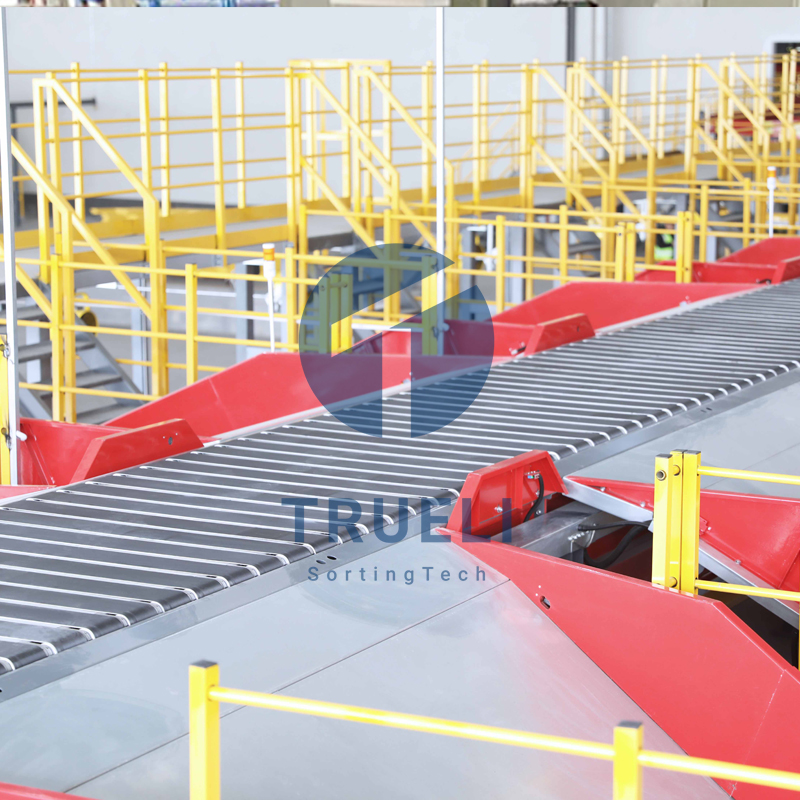In recent years, logistics and warehousing have undergone a massive transformation driven by the rise of e-commerce and global supply chain complexity. Among the many technologies reshaping the sector, intelligent sorting systems are becoming essential tools for companies looking to remain competitive.
Automation and AI at the Core
Modern sorting systems integrate artificial intelligence, machine vision, and robotic arms to automatically identify, weigh, scan, and sort packages with minimal human intervention. These systems can handle thousands of parcels per hour, significantly reducing labor costs and human error while increasing operational speed and accuracy.
Real-Time Data for Smarter Decisions
Today’s logistics sorting machines are connected to centralized management platforms that provide real-time data on item flow, equipment status, and bottlenecks. This enables managers to make rapid decisions, allocate resources more effectively, and even predict maintenance needs before failures occur.
Sustainability and Space Efficiency
As environmental concerns grow, many sorting systems are designed with energy efficiency in mind. Compact systems like narrow-belt sorters or modular cross-belt sorters allow for flexible layouts in limited warehouse spaces, making them ideal for urban or last-mile distribution centers.
Conclusion
In the digital age, investing in intelligent sorting technology is no longer a luxury—it’s a necessity. As customer expectations rise, the logistics industry must embrace automation to deliver faster, more accurate, and more sustainable services.





